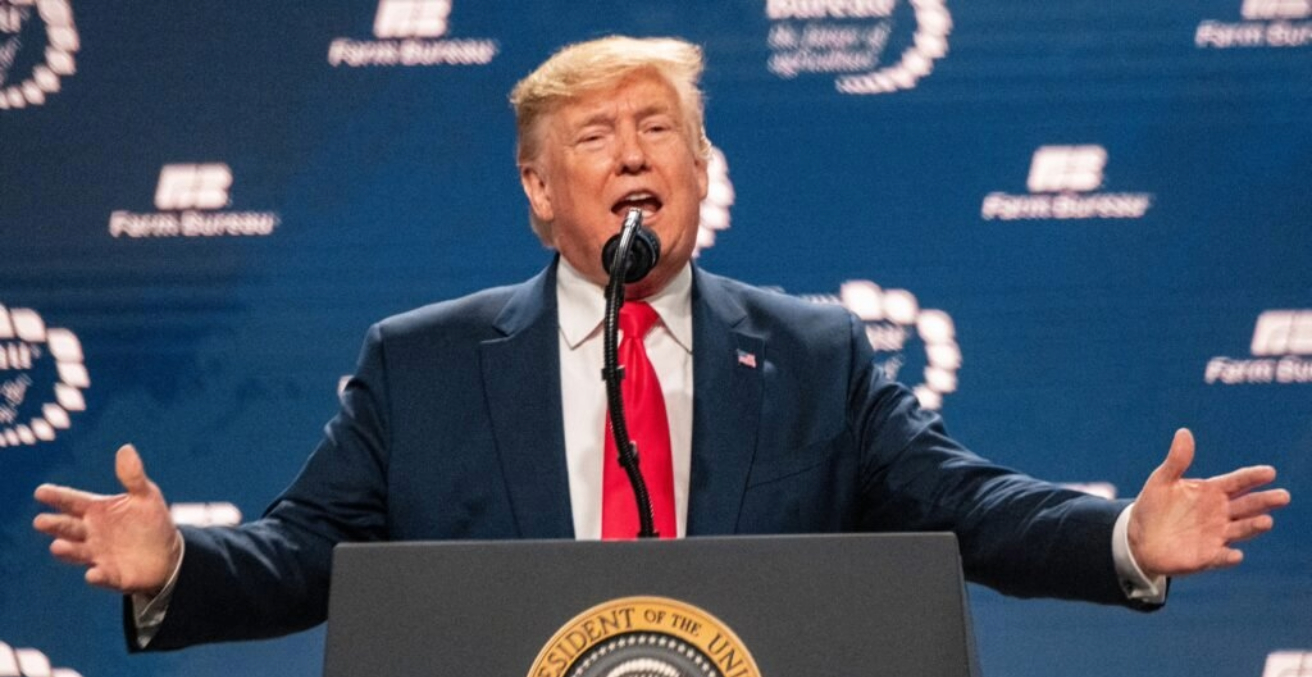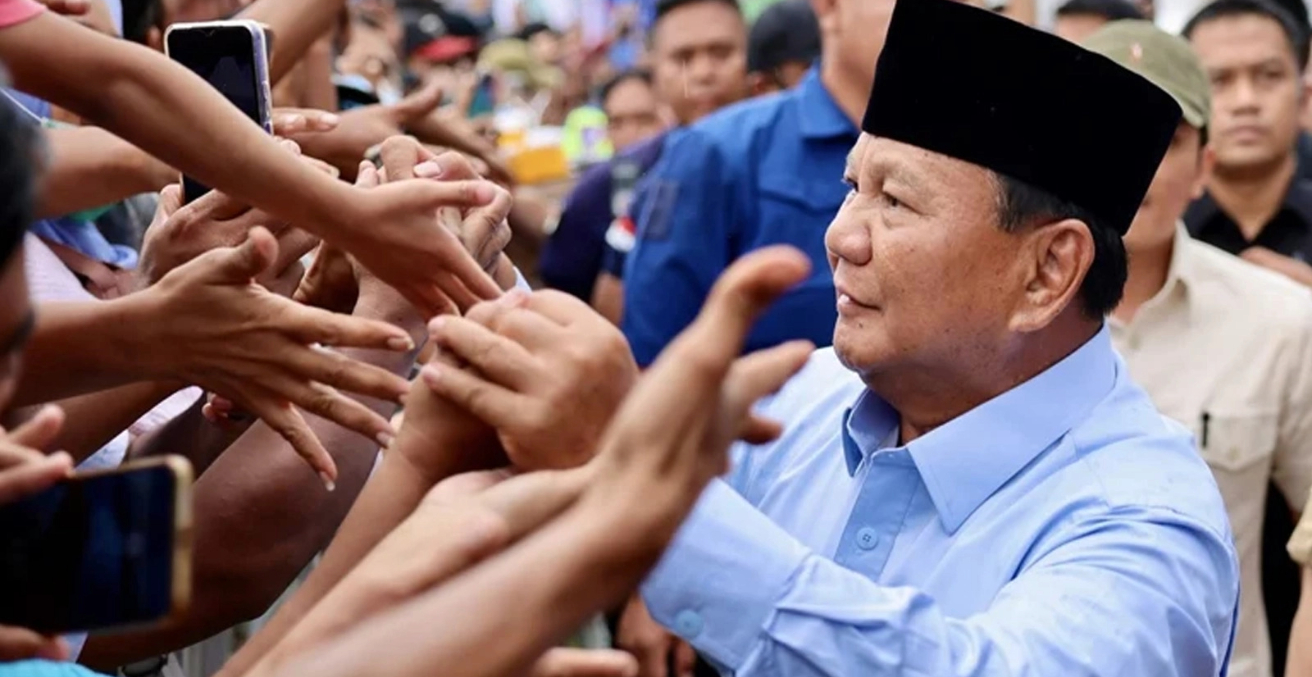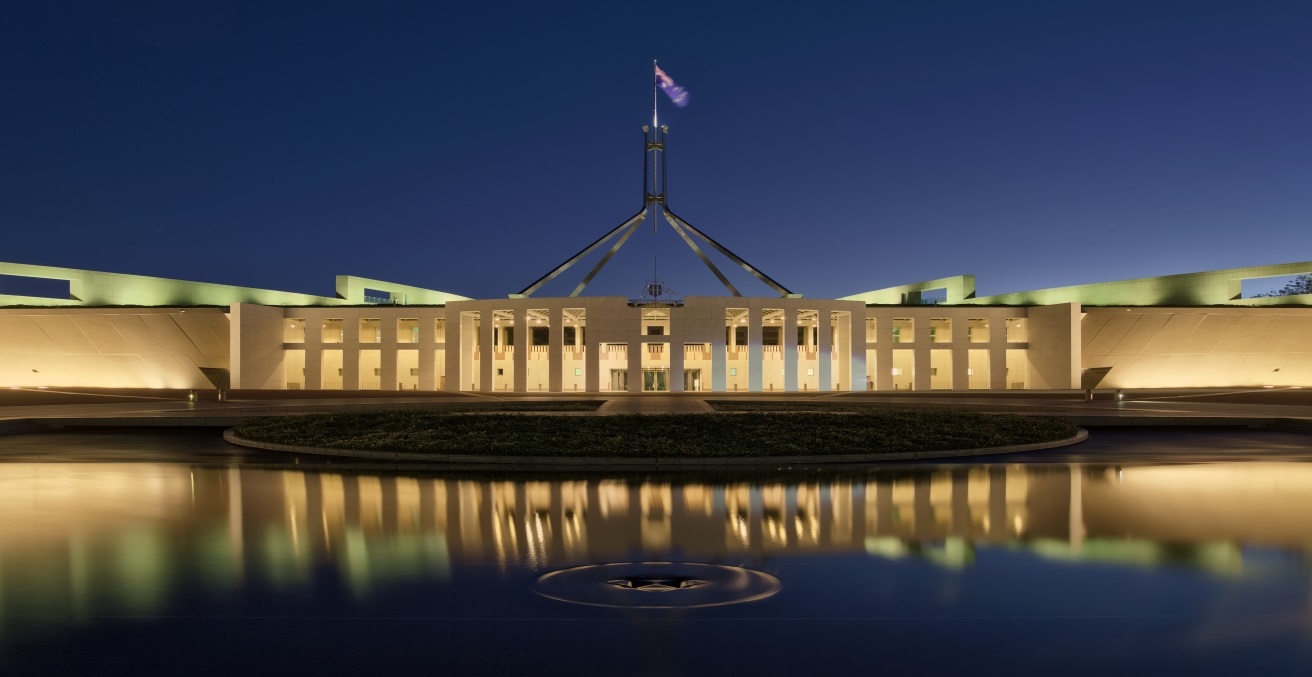The modern state of American policing’s relationship with the African American community has not emerged from nowhere. Rather, it can be understood through the lens of historical structural racism.
In the US, jury selection in the criminal trial of American police officer Derek Chauvin for the May 2020 murder of George Floyd has begun, ten months after Officer Chauvin kneeled on Floyd’s neck for nearly nine minutes. George Floyd was Black. Derek Chauvin was White. Floyd repeatedly – more than 20 times – said that he could not breathe. As reported by The Guardian, “Before he died, Floyd cried for his dead mother and his children. ‘Momma, I love you. Tell my kids I love them. I’m dead.’”
The dying utterances by Floyd that he could not breathe echoed the 2014 death of another African American man, Eric Garner, during a physical takedown by White police officers. On video, Garner can be seen on the ground with officers on top of him, with his head pushed down into the sidewalk. He repeatedly uttered “I can’t breathe.” Garner’s apparent crime that led to his death was selling loose cigarettes.
George Floyd and Eric Garner are just two names of Black Americans who died or endured extreme brutality at the hands of (often White) police. There are many others: Michael Brown, Freddie Gray, Walter Scott, Tamir Rice, Philando Castille, Akai Gurley, Rodney King, and the list goes on. While many are men, some are women. 13 March 2021 marked the one-year anniversary of the shooting death of Breonna Taylor, a 26-year-old emergency medical technician who was shot in her own home after plainclothes police officers forced their way in to execute a search warrant. For anyone concerned about racial injustice, the question seems to be, “When aren’t Black people at risk for being killed?”
To really understand where American policing and criminal justice stands in 2021, we must go back to the nation’s early history. As the American comedian Dave Chappelle observed in his Netflix special “8:46,” “These things are not old. It’s not a long time ago. It’s today.” In seeking to comprehend and grapple with this grim reality, writing about structural racism, and specifically about the history of racism in the US criminal justice system, becomes part of the antidote. If we – American society, comprised of all its citizens – can do terrible things, we can talk about doing terrible things. We can hold ourselves accountable for our actions.
American criminal justice – incorporating policing, the courts, and corrections (probation, jail, prison, parole) – is a microcosm of American society more broadly. The United States is a wonderful place in many regards – it is a nation of promise and opportunity, but is not perfect. Beginning in 1619, the first African slaves were forcibly brought to the British colony in Virginia. Slavery would last nearly 250 years, ending with the defeat in 1865 of the Southern slave states during the Civil War and the passage of the Thirteenth Amendment to the US Constitution.
Policing first began as slave patrols in the early 1700s, intended to round up escaped slaves and return them to the plantations from which they had fled. By the end of the 18th century, every slave state had slave patrols. By contrast, in the northern, non-slave states, police departments started to form in response to growing populations and increased urbanisation in the early 1800s, beginning in Boston, Massachusetts. Even though police in non-slave states had not begun as slave patrols, northern free Blacks were very much at risk from police officers and other criminal justice personnel. Historian Dr Jonathan Wells documents police officers as tricking and kidnapping free Blacks, throwing them in jail, giving them a sham of a trial, and then shipping them back to some southern plantation, never to be heard from again. This ordeal was famously portrayed in the movie 12 Years a Slave.
Following the passage of the 13th Amendment and the formal abolition of slavery, there came the brief era of Reconstruction, presenting the possibility of Blacks’ participation in southern public life and interracial democracy. This was short-lived, however. White citizens’ resistance to these changes led to the passage of Black Codes and Jim Crow laws, which formalised the segregation of Blacks from Whites for nearly 80 years. The violent White supremacy group, the Ku Klux Klan (KKK), formed in 1865 to resist Reconstruction-era changes to society and generally terrorise Black people.
Throughout this era, the police were tasked with enforcing the laws of the land. The institution of policing upheld the structural racism mandated by Jim Crow laws. Historians, legal scholars, and others have also documented the infiltration of law enforcement by White supremacy supporters and KKK members. This is a problem that continues to this day, with the Federal Bureau of Investigation in 2006 warning of the concern of White nationalists infiltrating law enforcement.
Underscoring the peril that African Americans faced during the Jim Crow era were violent, racist eruptions occurring shortly after World War I throughout the country – in Knoxville, Tennessee; Elaine, Arkansas; Chicago, Illinois; and most notoriously in Tulsa, Oklahoma. During the 1921 riots in Tulsa, Oklahoma, a White mob of thousands destroyed a thriving Black community known as “Black Wall Street.” Local police were complicit in the riots, doing nothing to stop the mob violence and instead contributing to events by arresting African Americans and deputising white rioters.
The Jim Crow era formally came to an end with the passage of the Civil Right Act in 1964, and the Voting Rights Act in 1965. But where did that leave the police? After nearly eight decades of enforcing the pro-segregation Jim Crow laws, would it be possible to flip a switch and make policing as an institution anti-racist? Unlikely. During the summers of the later 1960s, riots broke out in cities over myriad, long-festering issues. These brought often-violent clashes between police and Black protesters.
It is clear from current events that the United States has not come far enough from the past. The history of structural racism stretches from the slave patrols, to Jim Crow laws, to the Civil Rights era protests, to the video-recorded and widely seen 1991 near-fatal beating of Rodney King by members of the Los Angeles, California police department, to the modern Black Lives Matter era and the murder of George Floyd.
Structural racism in American policing won’t end anytime soon, even if Derek Chauvin is convicted for causing George Floyd’s death. Chauvin is facing multiple charges, which increases the likelihood of Chauvin being found guilty for at least one of the charges. Still, progress will come incrementally. Black Lives Matter activists and other supporters must continue to make “good trouble,” to quote American Civil Rights activist and legislator John Lewis, if any future advances will be made. A powerful tool at activists’ disposal is the widespread availability of recording technology on smart phones, which in recent years has made clear the discrepancy between police reports about encounters with citizens and what appears on the recording.
In reflecting on the state of modern American policing in the #BlackLivesMatter era – which at its core is about calling attention to police shootings of African Americans – I have wondered whether how policing began is how it will finish. Will reflecting on and taking ownership of the country’s historical racism in policing lead to better outcomes in the future? One can hope.
Dr Connie Hassett-Walker is the Assistant Professor of Criminal Justice at Norwich University, Northfield, Vermont, USA.
This article is published under a Creative Commons License and may be republished with attribution.




